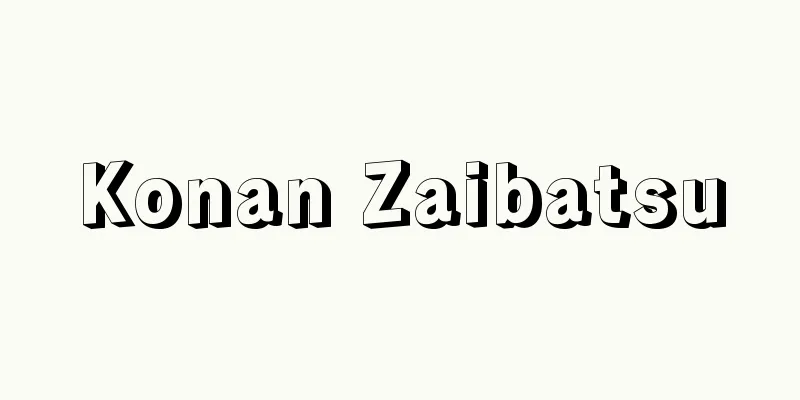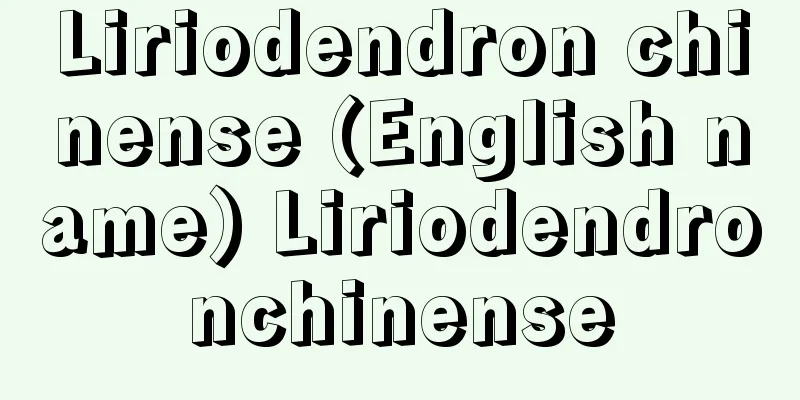The nadir

|
The point where a vertical line is extended downward (through the Earth) and intersects with the celestial sphere under the feet is called the nadir. In other words, it is the symmetrical point of the zenith with respect to the observer. The nadir is used as an auxiliary point for determining the vertical line. The prime meridian, of course, passes through the nadir. [Naoaki Owaki] [Reference] |Source: Shogakukan Encyclopedia Nipponica About Encyclopedia Nipponica Information | Legend |
|
鉛直線を下方に延長し(地球を貫いて)足の下で天球と交わる点を天底という。すなわち、観測者に関し、天頂と対称な点である。天底は鉛直線を決定する補助の点などに用いられる。子午線はもちろん天底を通る。 [大脇直明] [参照項目] |出典 小学館 日本大百科全書(ニッポニカ)日本大百科全書(ニッポニカ)について 情報 | 凡例 |
Recommend
Inhon (Japan) - Inpon
...In addition to the shamisen, there are also pi...
Immigration quotas - quota laws
…Immigration restrictions on Asians and Africans ...
Wilson, FJ
…Counterfeiting has been rampant in the United St...
Yoshimatsu [town] - Yoshimatsu
A former town in Aira County, located in a small b...
Reduviidae
...A general term for insects belonging to the or...
absolutism
…In European countries from the 16th to the 18th ...
Okuri (send) - Send
A term used in Japanese music. It has various mean...
Mirny (English spelling) Мирный/Mirnïy
A city in the Sakha Republic in the eastern part ...
Kichika - Kichika
…Before the Russian Revolution, women in northern...
NLA - Number one eleven
→Neurorep anesthesia Source: Shogakukan Encyclope...
Frog legs
In temple and shrine architecture, this is a comp...
Unshaped refractory material - Unshaped refractory material
A general term for powdered or clay-like refractor...
Louvain (English spelling)
The French name for Leuven, the capital of the pr...
Kabutozuka - Kabutozuka
〘Noun〙① An ancient grave with a mound of earth in ...
Stamm
... For the 300 years between the 1st century AD,...



![Shiiba [village] - Shiiba](/upload/images/67cbb89617344.webp)





